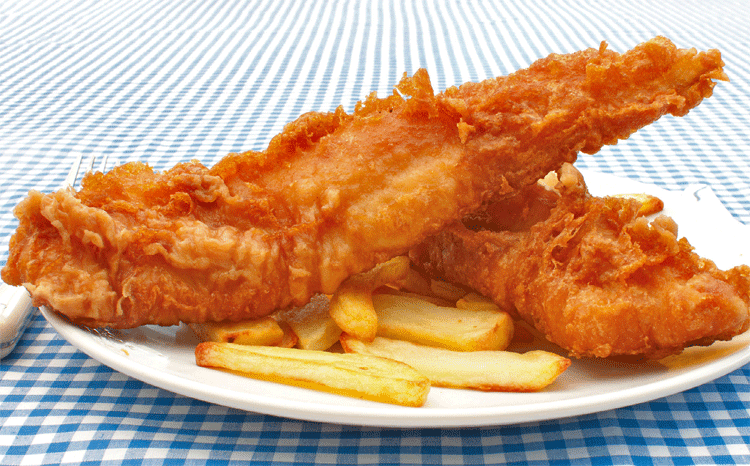THERE’S SOMETHING fishy in the state of Florida. And it’s all over the place. Just about any spot wet enough to wade in has some sort of fish. All you need to catch them is a stick, a string, bait, a bent pin and, unless you are young or old, a license.
The Florida Fish and Wildlife Conservation Commission (www.myfwc.com) has the rules and regulations you must follow to have fun and catch dinner.
Much freshwater fish is just made to fit a frying pan. Gut it, skin or scale it, dredge in flour or cornmeal, and lower it into very hot oil. A flip, a few minutes, and you’re done.
Saltwater fish, on the other hand, can easily be big enough to fillet so you cook only a small piece of your catch per person. Whether you catch it yourself or buy it, now is the time for flounder, grouper, mullet, snappers, swordfish, and tilefish.
The Canadians have come up with many fine ideas, some of them because it’s cold. It might be to conserve fuel, but someone in the Great White North came up with the 10-Minute Rule. Cook your fish 10 minutes per inch of thickness. It can be grilling, broiling, poaching, steaming, sautéing, microwaving, en papillotte, planking, and baking (at 400 to 450 degrees).
Measure fish at the thickest part and go from there. A one-inch thick piece should be turned at five minutes. Thin pieces don’t need turning. When the fish flakes easily, and is 145 degrees in the center, it’s done. Measure stuffed fish after it is filled. Add five minutes time to fish wrapped in paper or foil or cooked in a sauce.
Cooking in packets is like making a one-pot meal. It works in the oven or on the grill. Start with fillets about an inch thick. Plop each one on a square of lightly oiled foil or parchment plenty large enough to fold over the fish and vegetables you will add. Top the fish with thinly sliced onion, potato, and carrot. Add sliced zucchini and parsley or other fresh herbs, salt and pepper. A splash of white wine or lemon juice or lime juice doesn’t hurt, either. Fold the packet to hold in the liquid and put it on the grill or in the oven. In 15 minutes you should have delightfully cooked fish and vegetables.
The denseness of the vegetables determines how thick the slices should be: Hard are thin. Soft are thicker.
My wife insists she doesn’t want to eat any fish with both eyes on the same side of its head. That rule sort of flies out the window when she tucks into a tender, moist piece of marinated Florida flounder.
Mix a cup of orange juice, a tablespoon of minced ginger, a little oil, salt and pepper, some fresh herbs — cilantro, parsley, basil, thyme — and bring it to a boil. Simmer it until reduced by half.
Here’s an easy way to tell when a liquid is reduced by half. Put all the liquid in the pot or pan you’ll cook it in. Put a chopstick or the handle of a wooden spoon in the liquid. Make a nick with a knife at the halfway point on the wood. When the liquid is there, the reduction is done. A plainly cooked fish is fit for company when it is topped with a snappy sauce.
Sauté fillets of what ever kind of fish you have and present it under a layer of color. The edges should have some texture — just a little brown and crispy from high heat. Dice and fry onion, red, yellow and green pepper, orange zest, and spice it up with cinnamon or cardamom. A few pepper seeds wouldn’t hurt. Just before serving add chopped mango, starfruit, or quartered grapes and mix gently. Top the fish with the hot-cold mixture when it’s on the plate.
Serve with white or yellow rice garnished with white raisins and slivered almonds or sunflower seeds. Pine nuts would be good, depending on the country of origin.
CREDIT
article by TRENT ROWE, CFAN Food Editor

